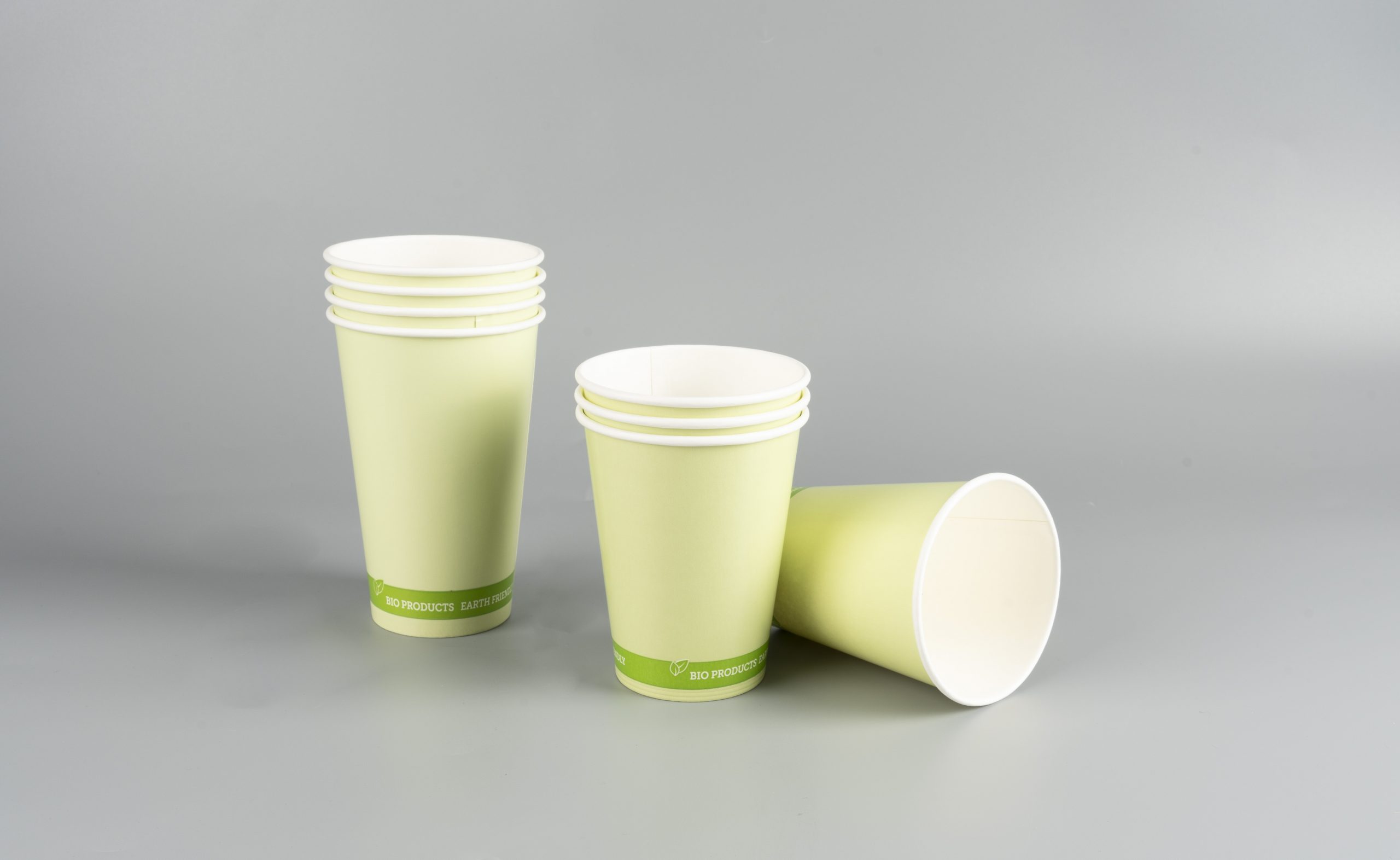With the growing concern over environmental issues, there has been a significant shift towards the use of sustainable and eco-friendly products. One such product is the PLA cup, also known as the corn cup, made from polylactic acid (PLA), a biodegradable and compostable material derived from renewable resources. However, there has been some debate over the compostability of PLA cups and whether they can break down into massive microplastics.
Firstly, it is important to understand what PLA is and how it is made. PLA is a polymer made from lactic acid, which is derived from renewable sources such as corn starch, sugarcane, or cassava root. The production process involves the fermentation of these raw materials to produce lactic acid, which is then polymerized to form PLA. This process results in a material that is biodegradable and compostable, unlike traditional plastics made from non-renewable fossil fuels.

PLA cups are commonly marketed as being compostable, which means they can be broken down into organic matter through the action of microorganisms in a composting facility. However, the conditions required for PLA cups fully to break down can vary depending on the specific composting process.
For PLA cups to compost effectively, they require specific conditions such as a temperature range of 55 to 65 degrees Celsius and a moisture content of around 50%. In addition, the composting process must involve the right balance of microorganisms, oxygen, and carbon to facilitate the breakdown of the material.
The issue of whether PLA cups can break down into massive microplastics arises from the fact that some PLA cups may not compost fully under certain conditions. This can result in the formation of small plastic fragments known as microplastics, which can be harmful to the environment and marine life.
While PLA cups are biodegradable and compostable under the right conditions, they may not break down completely in all composting facilities. For example, industrial composting facilities may not provide the right conditions for PLA cups to break down effectively, and they may end up in landfills instead.
In addition, if PLA cups are not disposed of correctly and end up in the ocean or other water bodies, they may break down into microplastics that can harm marine life. This is because microplastics can be mistaken for food by marine animals and can accumulate in their digestive systems, causing blockages and other health problems.
To mitigate these issues, it is essential to ensure that PLA cups are disposed of correctly and in the right composting facilities. This means that consumers must ensure that they dispose of PLA cups in composting bins that are specifically designed for compostable materials.

In addition, it is essential to ensure that the composting facility being used is certified to accept compostable materials such as PLA cups. This ensures that the facility is equipped to provide the right conditions for the material to break down effectively and does not end up in landfills.
Another way to address the issue of PLA cups breaking down into microplastics is to promote the use of alternative sustainable and eco-friendly products. This includes reusable cups made from materials such as glass, stainless steel, or bamboo, which can be used multiple times and do not contribute to the production of waste.
In conclusion, PLA cups can be 100% compostable under the right conditions, but there is a risk that they may break down into microplastics if not disposed of correctly or in the right composting facilities. To ensure that PLA cups do not contribute to the growing problem of plastic waste, it is essential to dispose of them correctly and promote the use of sustainable and eco-friendly products. By doing so, we can work towards a more sustainable future and protect the environment for generations to come.











